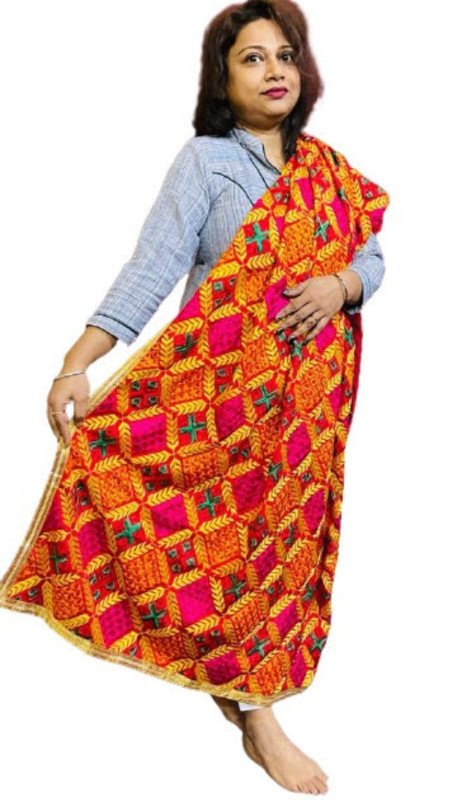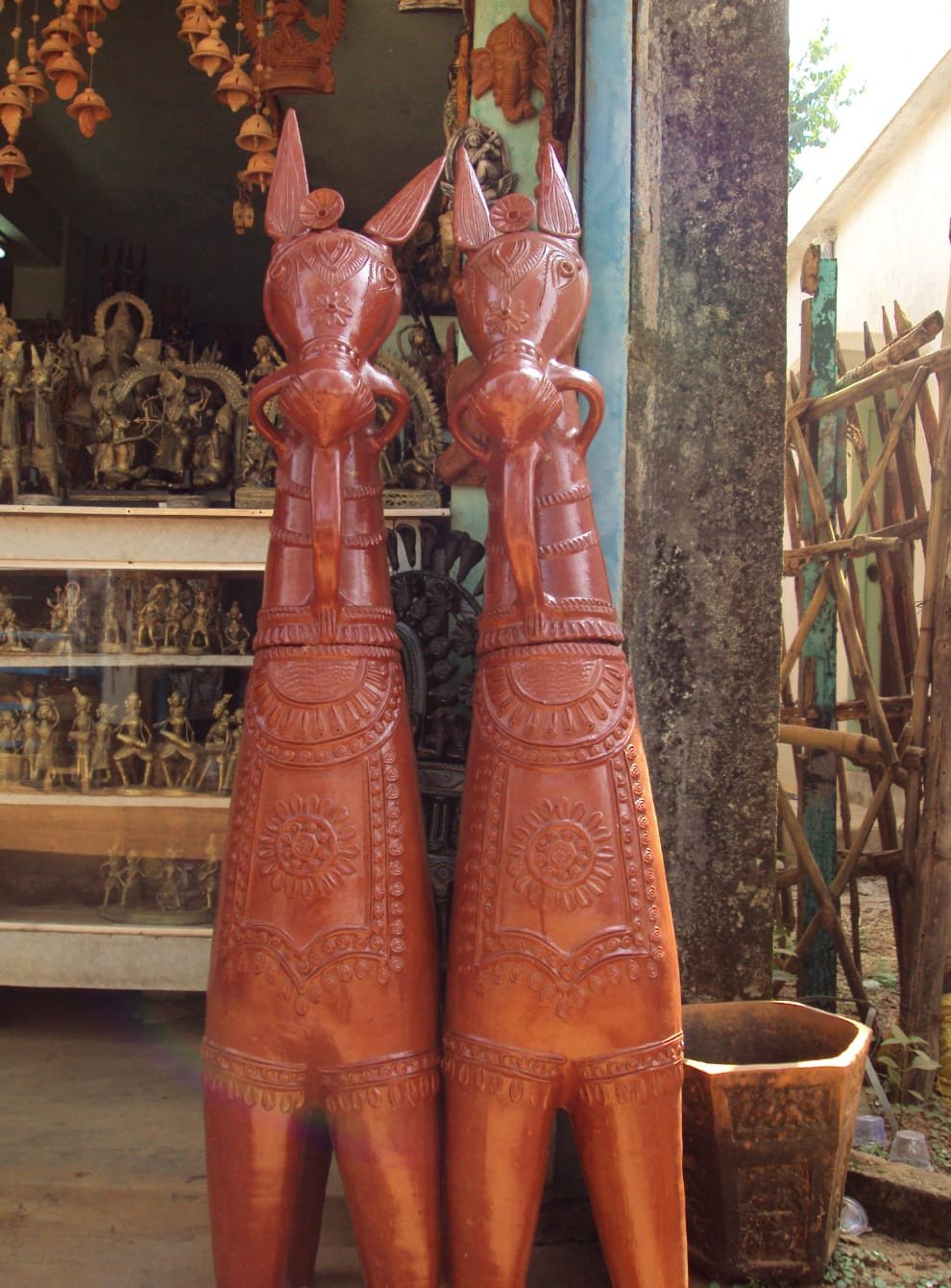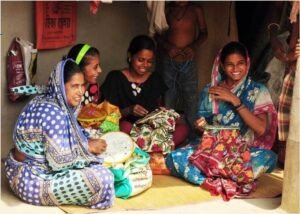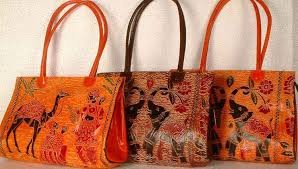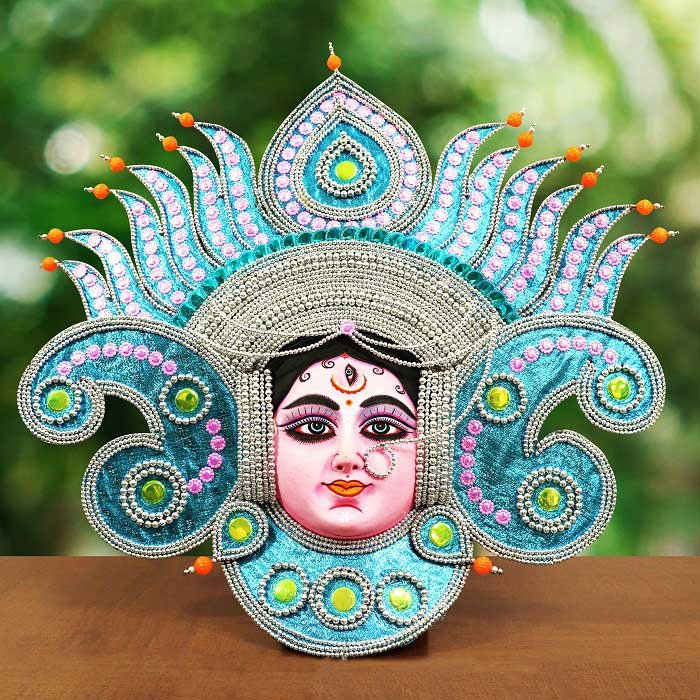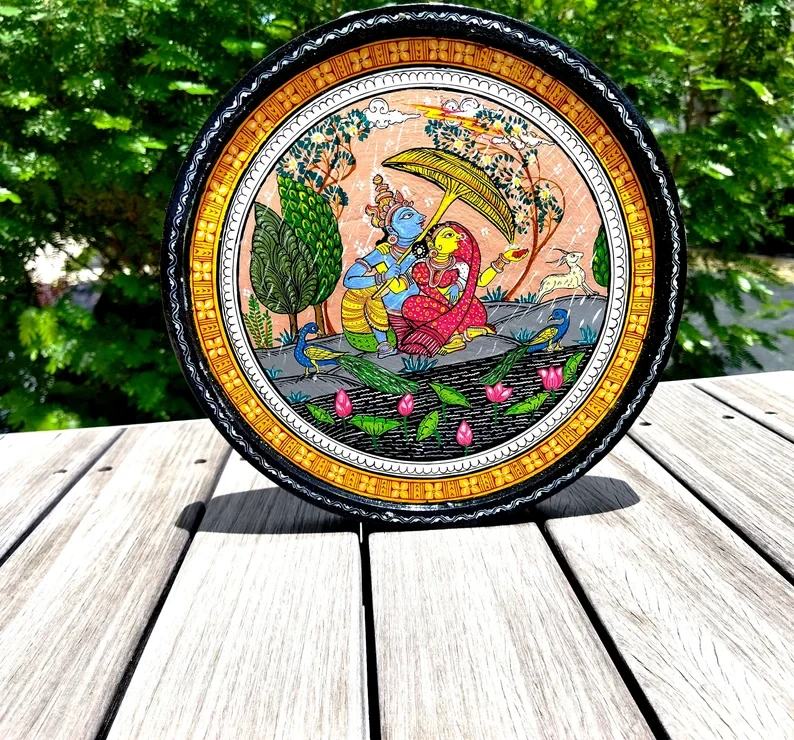









-
$1,500.00
-
$1,000.00
-
$150.00
-
$100.00
-
$100.00
-
$250.00
Reviews & Ratings
Bengal Pattachitra is a traditional folk art form from West Bengal, India, characterized by intricate narrative paintings on cloth (patta) that blend storytelling, mythology, and vibrant aesthetics. Rooted in rural Bengal, particularly in districts like Midnapore, Bankura, and Purulia, it has been practiced for centuries by the Patua community, who are both artists and storytellers.
Key Features:
- Themes: Pattachitra often depicts mythological stories from epics like the Ramayana, Mahabharata, and tales of deities like Durga, Kali, Krishna, or local folklore. Contemporary themes, such as social issues, may also be included in modern works.
- Materials: Traditionally painted on cloth or paper using natural colors derived from vegetables, minerals, and plants (e.g., turmeric for yellow, soot for black). Brushes are made from animal hair or plant fibers.
- Style: The art features bold outlines, vivid colors, and detailed patterns. Figures are stylized with elongated eyes, expressive faces, and intricate motifs inspired by nature, like flowers and leaves.
- Narrative Scrolls: Paintings are often created as scrolls (pats) that are unrolled while the Patua sings or narrates the story, a practice called "Pata-gaan."
- Cultural Significance: It serves as a medium for storytelling, preserving oral traditions and cultural heritage. The Patuas historically traveled villages, displaying their scrolls and singing tales.
Frequently Bought Products
-
$1,500.00
-
$1,000.00
-
$150.00
-
$100.00
-
$100.00
-
$250.00

